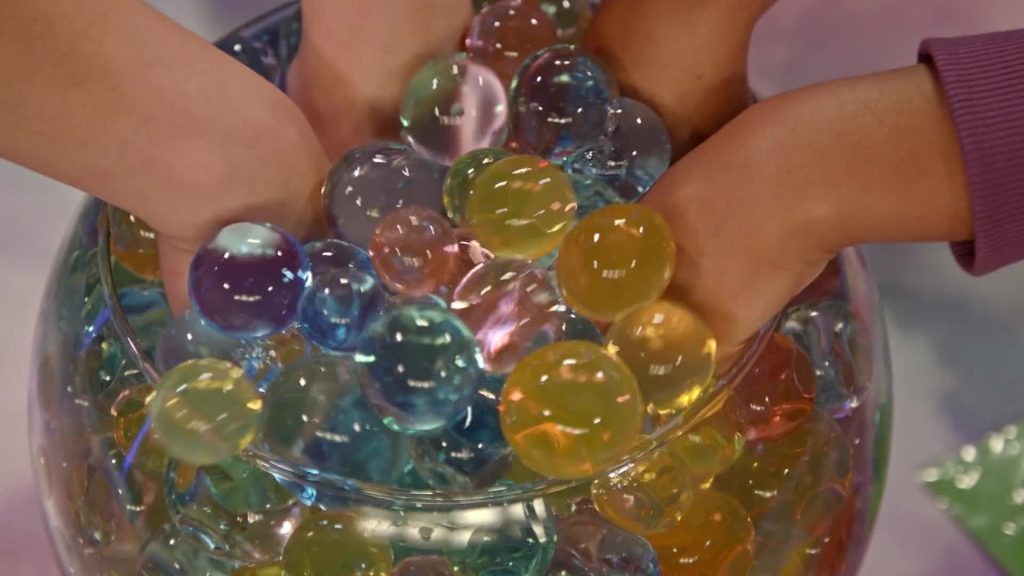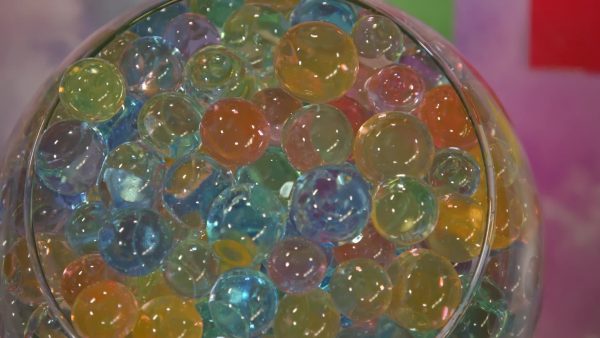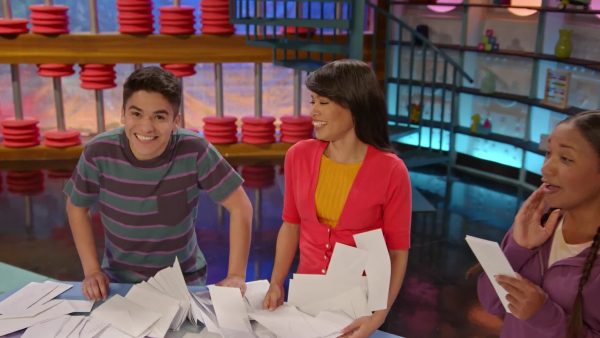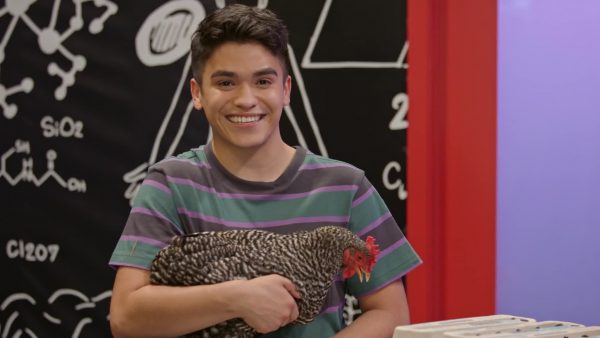
Warm up by recalling how to multiply using the area model method. You will then learn the multiplication algorithm, first with 3 digits × 1 digit, 4 digits × 1 digit, then 2 × 2 and 3 × 2.
To better understand multiplication using the standard algorithm…
LET’S BREAK IT DOWN!
Jelly Balls

If each packet contains 132 jelly balls and we have 3 packets, how many jelly balls are there together? First, we line up the numbers by place value, with the smaller number on the bottom. So, we write 3 under the 2 in 132. Then we draw a line under the bottom number and a multiplication symbol on the left. We start by multiplying 3 by the digit in the ones place: 3 × 2 is 6. We write the 6 in the ones place under the line. Next, we multiply the 3 by the digit in the tens place: 3 × 3 = 9, so we write a 9 in the tens place under the line. Remember that this means 3 × 3 tens, so 9 means 9 tens. Finally, we multiply 3 by the digit in the hundreds place: 3 × 1 = 3, so we write a 3 in the hundreds place under the line. The product is 396 jelly balls! Now you try: Use the standard algorithm to multiply: 413 × 2 = ?
Fan mail

Adesina shows April and Marcos how to use the standard algorithm to calculate how much mail is delivered in 3 days, if each day 2,865 pieces of mail are delivered. First, we line up the numbers by place value with 3 on the bottom, and then we multiply each digit, starting with the ones place and working our way to the left. 3 × 5 = 15. We write 5 below the line in the ones place and we place the 1 above the 6 in the tens place to represent the 1 ten in 15. That means that after we multiply by the digit in the tens place, we need to add a 1 ten to the total number of tens. 3 × 6 tens + 1 ten is 19 tens, so we write 9 below the line in the tens place, and we regroup 10 tens as 1 hundred by writing it above the 8 in the hundreds place. Now when we multiply 3 by 8, meaning 3 × 8 hundreds, we add 1, meaning 1 hundred, to the answer. 3 × 8 hundreds + 1 hundred is 25 hundreds, so we write 5 in the hundreds place below the line, and we regroup 20 hundreds as 2 thousands by writing it above the thousands place. Finally, we multiply 3 by 2 thousands and we add the regrouped 2 thousands to get 8 thousands. We can write 8 under the line in the thousands place. The final answer is 8,595. Now you try: 3,719 × 4 = ?
Eggs

Adesina, April, and Marcos use the algorithm to find out how many eggs there are in 24 cartons that contain 12 eggs each. To start, we line up the numbers by place value, with the bigger number on top. First, we need to multiply the ones place of the bottom number by each digit in the top number, and then we must do the same thing with the tens place. First, multiply 2 by 4, which is 8. We write 8 underneath the line in the ones place. Next, we multiply 2 by the 2 in the tens place. 2 × 2 = 4, so we write 4 in the tens place under the line. Our first partial product is 48. Now we multiply 24 by the tens place, 1. Since we are multiplying by tens, we place a 0 in the ones place. Multiply 1 ten by 4 to get 4 tens. We write 4 in the tens place. Then we multiply 1 ten by 2 tens to get 2 hundreds, so we place 2 in the hundreds place. Our second partial product is 240. Notice that all the same place values are lined up in our partial products. Add the partial products together to get the total product. 48 + 240 = 288. There are 288 eggs. Now you try: 31 × 23 = ?
Collecting coins
MULTIPLICATION USING THE STANDARD ALGORITHM VOCABULARY
MULTIPLICATION USING THE STANDARD ALGORITHM DISCUSSION QUESTIONS
Which is better, the area model or the multiplication algorithm?
What does partial product mean? How do we use partial products?
Giovanni uses the algorithm to multiply 352 by 7. First he finds 7 × 2. When he finds 7 × 5, what is he really multiplying? When he multiplies 7 × 3, what is he really multiplying?
Fiona uses the algorithm to multiply 17 × 8. First she multiplies 8 × 7 and gets 56. Where should she put the 5, and what happens to the 6?
Victor says he is finished multiplying 253 × 17. What did he forget to do?
Skip, I will use a 3 day free trial
Enjoy your free 30 days trial





